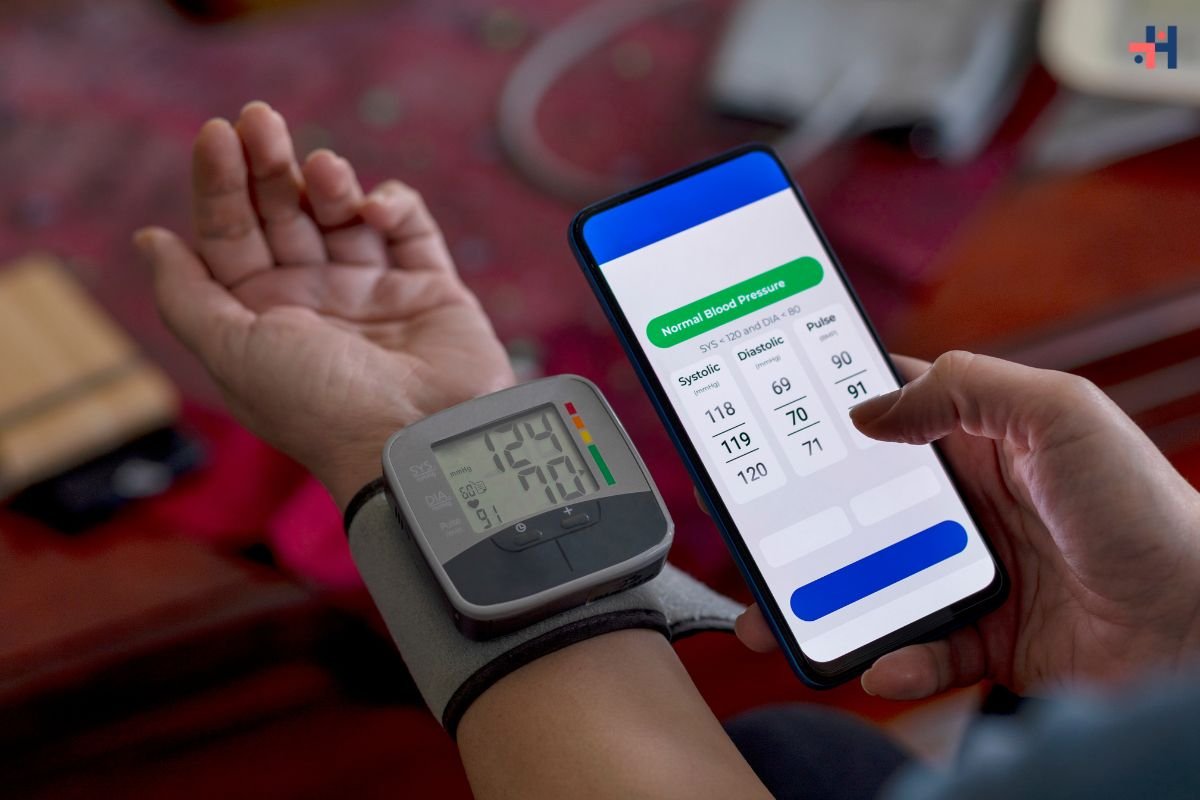In today’s fast-paced world, technology is reshaping healthcare. Virtual healthcare, also known as telemedicine or telehealth, allows patients to access medical services remotely. Through digital platforms, people can consult with healthcare providers, receive diagnoses, and even undergo treatment from the comfort of their homes. This approach offers unparalleled convenience, accessibility, and efficiency. It eliminates the need for long commutes and waiting room delays, making healthcare more accessible to all. However, it also comes with challenges, such as privacy concerns and technological barriers. Despite these challenges, virtual healthcare holds immense potential to transform the way healthcare is delivered. By embracing this innovative approach, we can ensure that everyone has timely access to quality healthcare, regardless of their location or circumstances.
Understanding the Concept: It encompasses a broad spectrum of digital healthcare services delivered remotely, using telecommunications technology. This includes:

- Teleconsultations: Remote consultations between patients and healthcare providers via video calls, phone calls, or secure messaging platforms.
- Remote Monitoring: Continuous monitoring of patients’ vital signs, symptoms, and health data using wearable devices, sensors, and mobile applications.
- Telemedicine: Diagnosis, treatment, and management of medical conditions conducted remotely, often through the use of digital health platforms and electronic health records.
- Virtual Visits: Virtual appointments with healthcare professionals for non-emergency medical concerns, prescription refills, follow-up visits, and preventive care.
Benefits of Virtual healthcare:

- Enhanced Accessibility: Virtual healthcare breaks down geographical barriers, enabling patients to access medical services from the comfort of their homes, regardless of their location.
- Convenience and Flexibility: Patients can schedule appointments at their convenience, eliminating the need for travel time, waiting rooms, and disruptions to their daily routines.
- Improved Patient Engagement: Virtual healthcare empowers patients to take an active role in their healthcare journey by providing access to educational resources, self-management tools, and real-time health monitoring.
- Efficient Resource Utilization: By reducing the need for in-person visits and hospital admissions, it helps optimize healthcare resources, alleviate strain on healthcare facilities, and improve overall efficiency.
- Cost Savings: Virtual consultations are often more cost-effective than traditional in-person visits, reducing expenses related to transportation, parking, childcare, and time off work.
Challenges and Considerations:
- Technological Barriers: Limited access to high-speed internet, digital devices, and technology literacy among certain populations may hinder widespread adoption of virtual healthcare services.
- Privacy and Security Concerns: Safeguarding patient confidentiality and protecting sensitive health information from cyber threats and data breaches are critical considerations in virtual healthcare delivery.
- Regulatory and Legal Frameworks: Evolving regulatory and legal frameworks governing telemedicine practices, licensure requirements, reimbursement policies, and liability issues pose challenges for healthcare providers and policymakers.
- Equity and Access Disparities: Disparities in access to its services, particularly among underserved communities, raise concerns about exacerbating existing healthcare inequities.
- Integration with Traditional Care Models: Integrating virtual healthcare services into existing care delivery models requires coordination, collaboration, and interoperability between healthcare providers, technology vendors, and healthcare systems.
Additional Trends and Considerations:

- Expansion of Services: These services will continue to expand beyond primary care to include specialty consultations, mental health services, chronic disease management, and preventive care.
- Integration of Artificial Intelligence: Artificial intelligence (AI) and machine learning algorithms will play an increasingly significant role in virtual healthcare, enabling personalized diagnostics, treatment recommendations, and predictive analytics.
- Advancements in Remote Monitoring: Wearable devices, remote monitoring technologies, and digital health sensors will enable real-time tracking of patients’ health metrics, facilitating proactive interventions and personalized care plans.
- Policy and Regulatory Reforms: Policymakers and regulators will continue to enact reforms to support the widespread adoption of virtual healthcare, including reimbursement parity, licensure reciprocity, and telehealth-friendly regulations.
- Collaboration and Partnerships: Collaboration between healthcare providers, technology companies, insurers, and policymakers will drive innovation, foster interoperability, and promote best practices in its delivery.
Conclusion:
It is not just about technology—it’s about transforming the way we experience healthcare. Imagine being able to see your doctor without leaving your home, especially on days when you’re feeling under the weather or juggling a busy schedule. That’s the beauty of virtual healthcare—it brings medical expertise right to your fingertips.
Sure, there are challenges like getting everyone access to the right technology and making sure patient information stays safe and secure. But the benefits are clear: easier access to care, less time spent in waiting rooms, and more personalized treatment plans.
By embracing digital innovation and working together, we can make virtual healthcare a cornerstone of modern medicine. It’s not just about improving patient outcomes or making life easier for healthcare providers—it’s about shaping a future where everyone has access to the care they need, when they need it. And that’s a future worth investing in.









